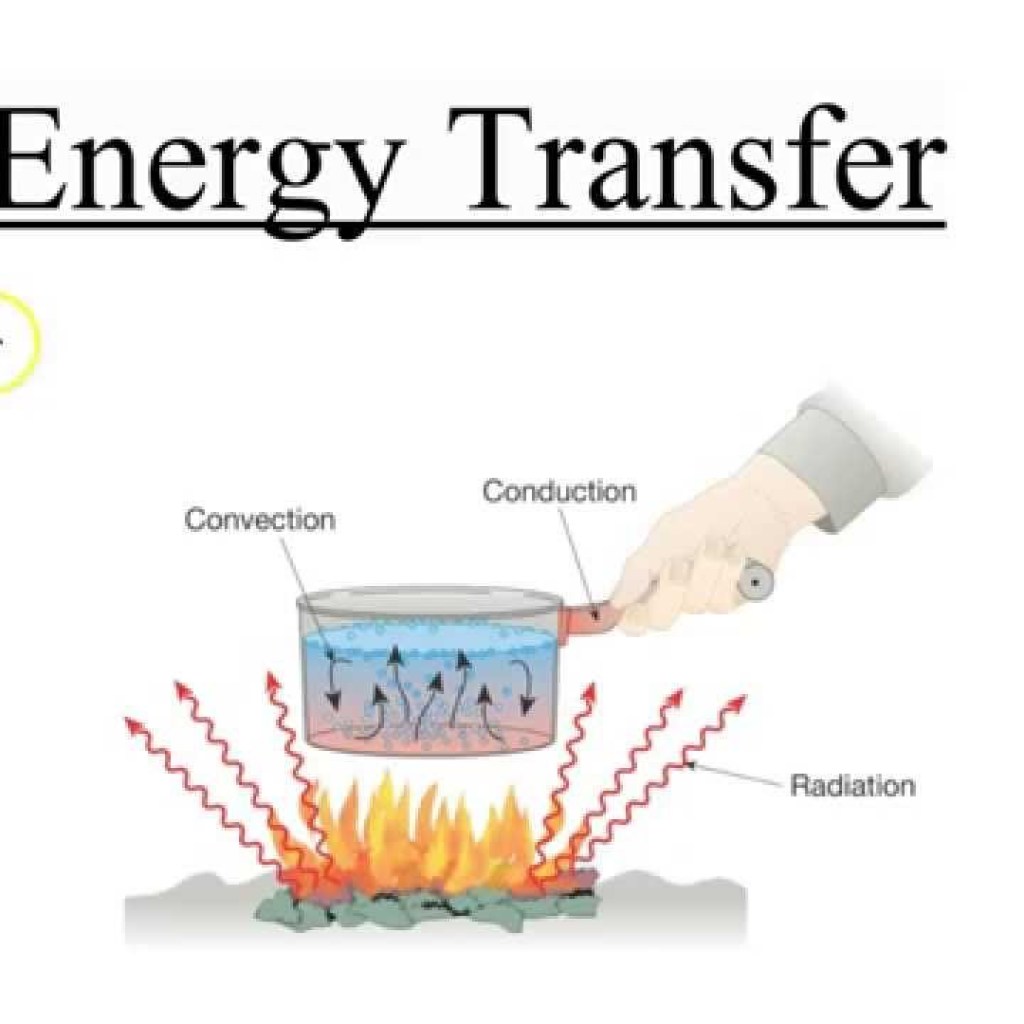Contents

Source: YouTube
Understanding Energy Transfer Processes in Photonics
Energy transfer is a fundamental concept in the field of photonics, playing a crucial role in the performance and efficiency of various optical devices such as lasers and amplifiers. This blog post aims to elucidate the different mechanisms of energy transfer, their implications, and their applications in photonics.
Mechanisms of Energy Transfer
Dipole–Dipole Resonance in Solid-State Media
In solid-state media, where atoms or ions are fixed, dipole–dipole resonance is a prevalent mechanism for energy transfer. This occurs when two species have similar energy levels, allowing for interaction. The intensity of this interaction diminishes rapidly with increased distance between the atoms, making it more significant in media with high concentrations of relevant atoms or ions.
Collisional Energy Transfer in Gases
In gaseous media, energy transfer often occurs through collisions between excited atoms, ions, or molecules. This principle is utilized in gas lasers such as helium-neon lasers, where metastable helium atoms transfer energy to neon atoms, facilitating laser action.
Energy Transfers in Solid-State Gain Media
Solid-state gain media, including laser crystals, glasses, and rare-earth-doped fibers, often exhibit energy transfer between different dopant ions. The most common mechanism is Förster energy transfer, a type of dipole–dipole interaction. Its efficiency is heavily dependent on the concentration of dopants and the spatial arrangement within the material.
Additionally, multi-phonon-assisted energy transfers occur when the energy loss of a donor ion exceeds the gain of the acceptor ion, with the excess energy dissipated as phonons.
Effects of Energy Transfers
Energy Migration
Within gain media, energy migration involves the transfer of excitation energy between ions of the same species. While it doesn’t directly alter stored energy, it can influence laser efficiency. For instance, energy migration can mitigate spatial hole burning in single-frequency lasers, enhancing efficiency.
Cross-Species Energy Transfer
Energy transfers between different ion species are often exploited in lasers and amplifiers. For example, ytterbium (Yb3+) ions can absorb pump radiation and transfer the energy to erbium (Er3+) ions. This process is prevalent in erbium-ytterbium-doped fibers, allowing for efficient pumping and the construction of compact, high-performance lasers.
Cross Relaxation and Upconversion
Cross relaxation occurs when an excited ion transfers energy to a ground-state ion, elevating both to intermediate levels. This can enhance quantum efficiency in certain lasers. Furthermore, upconversion processes, where ions achieve higher energy states through cooperative interactions, are advantageous in creating upconversion lasers.
Applications and Implications
Understanding and controlling energy transfer processes are pivotal for optimizing the performance of photonic devices. By manipulating doping concentrations and material composition, engineers can enhance laser efficiency, reduce unwanted energy losses, and develop advanced optical systems with tailored properties.

Source: Britannica
Feel free to comment your thoughts.



